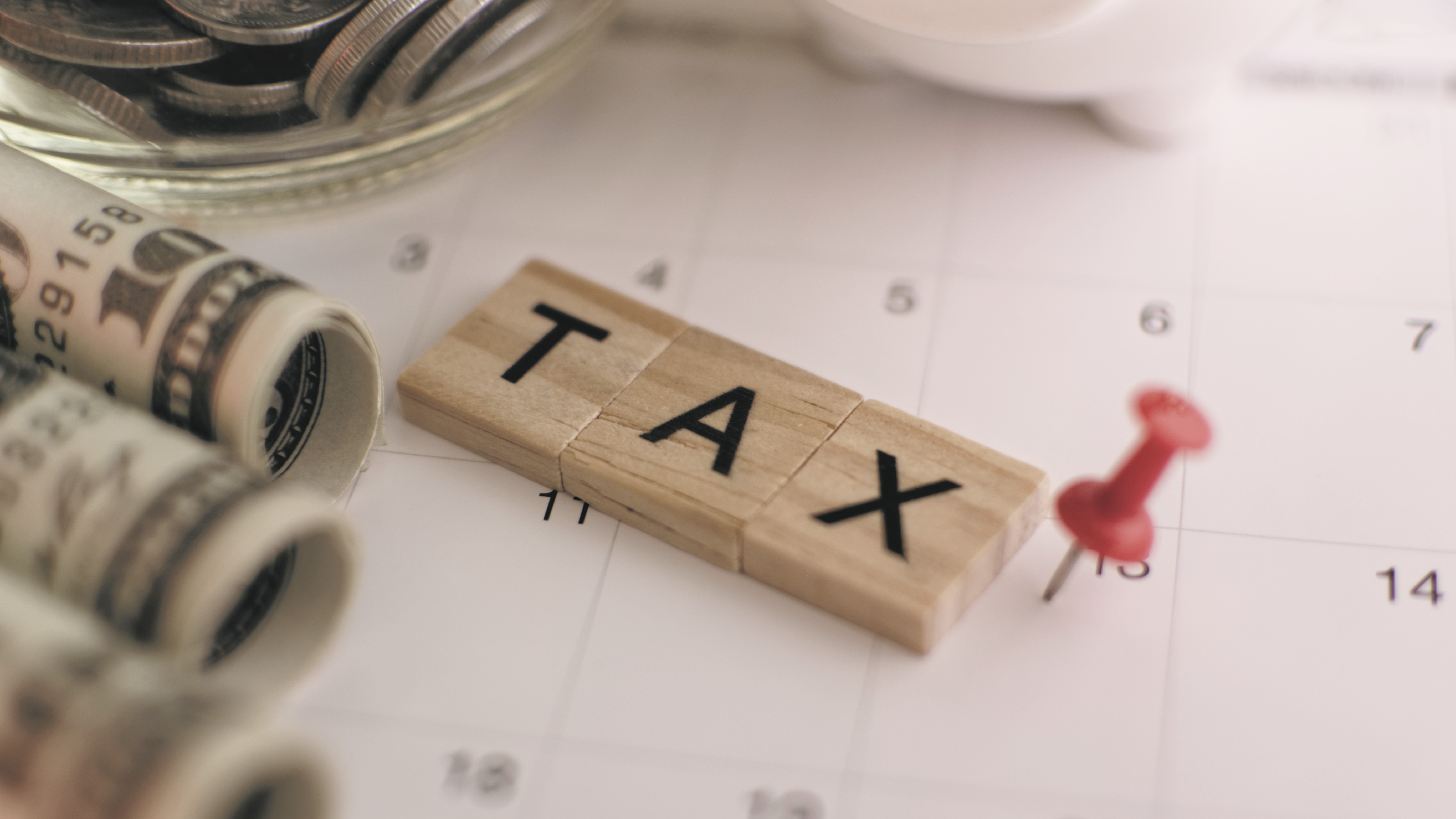Staying on the right side of the Internal Revenue Service (IRS) should always be a priority, but deadlines can easily be missed and mistakes made. If the IRS has been chasing you, or you’re conscious of tax-related tasks that are outstanding from years’ gone by, filing prior year tax returns can help get you back on track.
Filing back taxes is a little different to how you would file your tax return for the latest tax year, but don’t let this put you off. Fulfilling your obligations to the IRS is almost always best done sooner rather than later, so read on to learn how to file prior year tax returns without delay.
Reasons for filing prior tax year returns now
When it comes to tax season 2021, you have until April 15 to reacquaint yourself with the best tax software and file your 2020 return, or to ask for an extension. However, if in previous tax seasons you’ve missed the original deadline, or the extended one if you asked the IRS for more time, there’s little time to waste getting your taxes up to date if you want to avoid interest and penalty reprisals, or worse.

Avoid fines or maybe worse
The most likely reprimand for not filing on time are interest charges and late payment penalties. However, if your obligations are left unmet for a long period, this could eventually result in a claim by the IRS to your current and future property, including your house, car or wages, and even criminal charges.
If you fail to file by April 15 this year - or October 15 if you arrange an extension - you can expect to receive a notice from the IRS by mail. Ignoring such letters is not a good idea - the best course of action is to reach out to the IRS and let them know your situation. If you don’t have the money available to pay, it might be possible to negotiate a payment plan or even a reduction of the total owed.
What you can also expect if you file late is a penalty of 5% of the tax owed for up to five months. Filing more than 60 days after the due date could result in a minimum penalty equal to the lesser of 100% of the tax required to be paid on your return or $435.
If you have filed but then fail to pay your taxes, you can expect a penalty, plus interest.
To claim prior tax year refunds
Another reason to file prior tax year returns could be to secure a tax refund that you are owed. The average refund for 2019 was more than $2,500, but you will need to have completed a tax return for a given year in order to get it... and not owe the IRS anything either.
You get a three-year window of opportunity to claim a refund before any money owed to an individual becomes property of the U.S. Treasury. So if you are yet to complete your 2017 return, filing by April 15, 2021 is the final opportunity that you have to receive the refund you might be owed.
To protect Social Security benefits
Another way in which you could miss out financially by not filing your federal return on time is if you are self-employed. This is because any income you earned through self-employment will not have been reported to the Social Security Administration, potentially meaning you won’t receive the credits you need to qualify for Social Security retirement or disability benefits.

To avoid credit damage and problems securing loans
If you owe money to the IRS, this could be flagged on your credit report in much the same way as any other debt would, and potentially affect your ability to secure personal loans, credit cards, mortgages and so on. In a similar vein, if you are looking to buy or refinance a home, get a business loan or apply for federal aid for higher education, the best mortgage lenders and other credit providers will want sight of copies of filed tax returns to proceed.
Stimulus payments
With the delivery of a third stimulus check set to be based around either your 2019 or 2020 taxes, the only way to make sure you receive the correct relief payment is to make sure the information that the IRS holds for you is up to date. You might even find you’re eligible for a top up to the stimulus payments you’ve already received, via the Recovery Rebate Credit.
How to file prior year tax returns
Whatever your reason for having previously neglected to file a return - and regardless of your reason for wanting to do so now - there are a number of ways to file prior year tax returns. Contacting the IRS will usually be your first step, so that you can find out exactly what you need to provide and for which years. If you have several past-due returns to file, you might have to file returns for the current year and past six years, although your particular circumstances and what the IRS decides will ultimately determine how far back you should file.
What you need to file prior tax year returns
To file back taxes, you’ll need to find all the relevant documents that show your income, such as W-2 forms and 1099s. If you can’t find these forms, try asking your employer for a copy or reach out to the IRS for a free tax transcript. You’ll also need the various documents that provide proof of your eligibility for the credits and deductions that you want to claim.
Once you’ve located the necessary documents, you’ll need to fill out your tax return, starting with Form 1040. As these change each year, always make sure the form you have is for the tax year you’re filing for.

Filing for yourself
The cheapest way of filing prior year tax returns is to do it yourself. The IRS has most of the prior tax year forms, instructions and information you might need on its website.
The important thing to note is that the IRS does not support filing prior year returns electronically, so you’ll need to print out the relevant forms and then mail them to the service once completed. The mailing address depends on where you live, and can be found on the IRS website here.
Making use of tax software will cost you more, but what you’re also paying for is the additional guidance and support you might need to get the job done. Providers such as TurboTax and H&R Block have back editions of software relating to past tax years that you can buy, but while you can generally complete the return using the package, you’ll still be expected to print and mail it to the IRS.
Using a tax professional
If your tax situation is complicated, or you’d simply prefer to hand everything over to an expert, you could pay for a professional tax preparation service. It will almost certainly cost more than any online software you could buy, but you will save yourself time, and should guarantee that your prior year returns have been dealt with once and for all.
Paying tax owed on prior year returns
Even if you haven’t got the funds available to pay any back taxes that you may owe, you should still file, and then request an additional 60-120 days to pay. This can be done either through the IRS’ Online Payment Agreement application or by calling the service at 800-829-1040. You won’t be charged for requesting extra time to pay.
If 120 days still isn’t long enough to pay off your debt in full, you can request an installment agreement from the IRS, under which you’d make monthly payments until your balance is met. If this is out of your reach, you may be eligible for an offer in compromise, where the IRS will consider accepting a lesser amount than what you owe.

